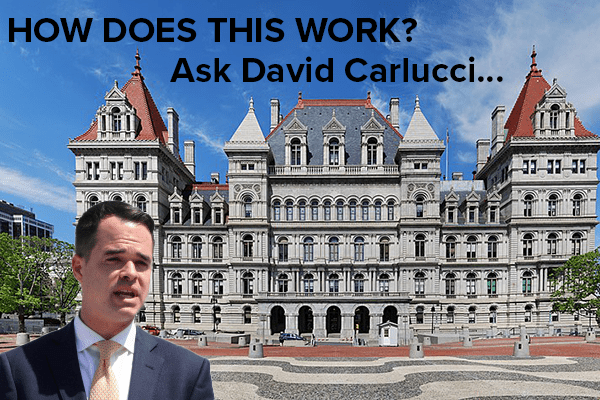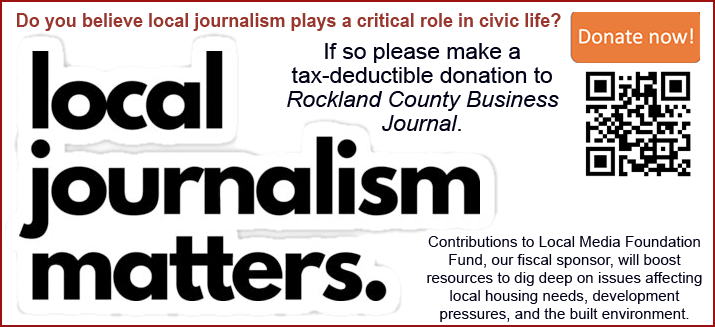|
RCBJ-Audible (Listen For Free)
|
Voter Turnout In Even Years Is More Than Double Compared To Odd Year Elections
By David Carlucci
A recent court ruling in New York State has upheld a law that moves many town, village, and county elections from odd-numbered to even-numbered years. Supporters see this as a way to encourage greater voter participation and improve efficiency, while critics question whether local issues will receive less attention when aligned with higher-profile statewide and federal contests.
The law shifts local election schedules so that many local offices will now appear on the same ballot as state and federal candidates. Proponents argue that this change will make voting more convenient, increase turnout, and reduce the costs of running separate elections.
When I served in the State Senate more than a decade ago, I introduced similar legislation, Senate Bill 4669 of 2013, after examining the challenges created by New York’s staggered and often confusing election calendar.
Turnout patterns have shown that participation in even-year elections, when voters choose governors and presidents, tends to be much higher than in odd-year local elections. For instance, about 43% of New Yorkers voted in the 2022 general election, compared to roughly 18% in the 2023 local elections. That means turnout in even years can be double or more the rate of odd years.
The law’s implementation means that elections previously held in odd years will gradually shift to even years, synchronizing local races with broader election cycles. Over time, this may lead to both administrative savings and higher engagement. However, officials note that the transition could temporarily require overlapping election periods as terms are adjusted to fit the new calendar.
Opponents express concern that combining elections could dilute attention on community issues, making it harder for voters to focus on local officials and ballot measures. Others counter that having more voters participate, regardless of the motivation for coming to the polls, strengthens representative democracy. The Court or Appeals held that even year election law is a neutral law which changes the timing of elections in a manner common to all voters, and imposes no form of restriction, burden, or limitation on voting.
Ultimately, this reform represents a structural change in how New Yorkers vote and engage with their local governments. Time will tell whether it delivers the hoped-for improvements in participation and efficiency or whether adjustments will be needed to maintain balance between local and statewide priorities.
Read the Court of Appeals Opinion here.
David Carlucci consults organizations on navigating government and securing funding. He served for ten years in the New York Senate.














